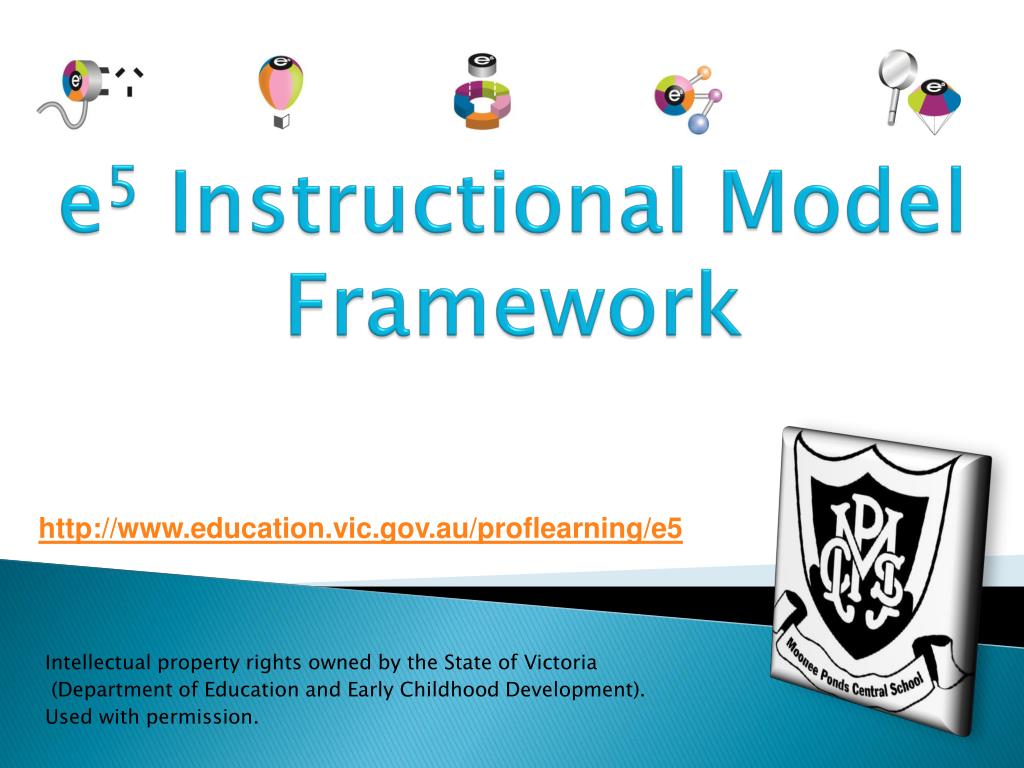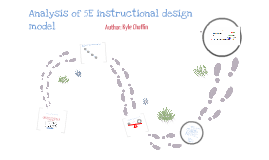
Based on the 5e instructional model presented by dr. jim barufaldi at the eisenhower science collaborative conference in austin, texas, july 2002. Based teaching is the 5e instructional model (bybee & landes, 1990). the 5e instructional model the 5e instructional model (bybee & landes, 1990) can be used to design a science lesson, and is based upon cognitive psychology, constructivist-learning theory, and best practices in science teaching. the cycle appears in figure 1 and consists of. “the 5e model of instruction includes five phases: engage, explore, explain, elaborate, and evaluate. it provides a carefully planned sequence of instruction that places students at the center of learning. The 5e model, developed in 1987 by the biological sciences curriculum study, promotes collaborative, active learning in which students work together to solve problems and investigate new concepts by asking questions, observing, analyzing, and drawing conclusions.

What Is The 5e Model Of Science Instruction
The e5 instructional model a tool for teachers and schools to help develop and improve teaching practice through discussion, observation, critique and reflection. the 5 e model of instruction e5 model provides a framework to support these conversations. Apr 16, 2019 the 5 e model allows for inquiry-based learning through a unit designed in a sequence of steps: engage, explore, explain, extend, .

Students develop science inquiry skills and an understanding of the nature of science. teaching and learning progresses through five phases: engage, explore, explain, elaborate and evaluate. the 5 e model of instruction phases of the primary connections 5e teaching and learning model are based on the 5es instructional model (bybee, 1997). Teachers use the 5e model of instruction to sequence lessons and activities which provide best first instruction for all students. through this process they .
The e5 instructional model is a reference point for school leaders and teachers to develop a deeper understanding of what constitutes high quality teacher practice in the classroom. the model consisits of five domains: 1. engage. the teacher fosters positive relations with and between students and develops shared expectations for learning and. In the 5e instructional model, science instruction is primarily a student-led and inquiry-based. the teacher is a facilitator, guiding the student through . The 5e model. it is important to avoid front-loading and to instead allow students to develop an understanding through engagement and exploration. This model describes a teaching sequence that can be used for entire programs, specific units and individual lessons. the nasa digital learning network supports the 5e constructivist learning cycle, helping students build their own understanding from experiences and new ideas. what are the 5es?.
Mar 8, 2020 teachers interested in learning more about the 5es instructional model should check out… the bscs 5e instructional model: creating teachable . The 5 e model of instruction 5 e method is a constructivist model of learning. it includes five stages: engage, explore, explain, extend, and evaluate. each stage of instruction details the ideas, concepts, and skills needed for student inquiry. They apply each stage of the 5es—engage, explore, explain, elaborate and evaluate—and think about what the teacher does and what the students do in each lesson .

This model describes a five-stage teaching sequence that can be used for entire programs, specific units and individual lessons. nasa eclips™ resources integrate the 5e constructivist learning cycle, helping students build their own understanding from experiences and new ideas. The 5e model of instruction the 5e model of instruction based on the 5e instructional model presented by dr. jim barufaldi at the eisenhower science collaborative conference in austin, texas, july 2002. Summary of the 5e instructional model. engagement. the teacher or a curriculum task accesses the learners' prior knowledge and helps them become engaged. Cscope's curriculum followed the 5e model of 5 e model of instruction instruction, guiding teachers to maximize higher level understanding in the classroom. cscope provides learning .
The 5e model of instruction was exactly what i needed to streamline the process of planning and implementing a student-led inquiry-based learning method. it provides a template, a pattern for lesson planning, and guides the teacher in this better way of teaching science. this blog post is part of a series of posts on the 5e instructional model for teaching science. the first two posts in the. 5e model of instruction. use the evidence-based practices order form to purchase foldable versions of this tool for educators in your school or district. the information in this evidence-based practice is adapted from bscs and rodger bybee. “the 5e model of instruction includes five phases: engage, explore, explain, elaborate, and evaluate. The 5 e method is a constructivist model of learning. it includes five stages: engage, explore, explain, extend, and evaluate. each stage of instruction details the ideas, concepts, and skills needed for student inquiry. in addition, there are expected behaviors for teachers and students, as well as opportunities to demonstrate learning through. Each of the 5es describes a phase of learning: engage, explore, explain, elaborate, and evaluate. the 5es allows students and teachers to experience common .
The 5e Instructional Model Nasa Eclips
The e5 instructional model.
Searching for how to instructions at helpwire. com. search information here. Oct 29, 2020 a five-stage instructional model—engage, explore, explain, elaborate, and evaluate—can guide students to a deeper understanding of math. The 5e instructional model this model describes a teaching sequence that can be used for entire programs, specific units and individual lessons. the nasa digital learning network supports the 5e constructivist learning cycle, helping students build their own understanding from experiences and new ideas. what are the 5es?. What is the 5e instructional model? this model describes a five-stage teaching sequence that can be used for entire 5 e model of instruction programs, specific units and individual lessons. nasa eclips™ resources integrate the 5e constructivist learning cycle, helping students build their own understanding from experiences and new ideas.
The 5e model of instruction 5e definition teacher behavior student behavior engage • generate interest • •access prior knowledge • connect to past knowledge • set parameters of the focus • •frame the idea • motivates creates interest • taps into what students know or think about the topic raises questions and encourages responses. The 5e model is most effective when students are encountering new concepts for the very first time because there is opportunity for a complete learning cycle. according to co-creator rodger w. bybee, the 5e model is best used in a unit of two to three weeks in which each phase is the basis for one or more distinct lessons.

0 Response to "5 E Model Of Instruction"
Post a Comment